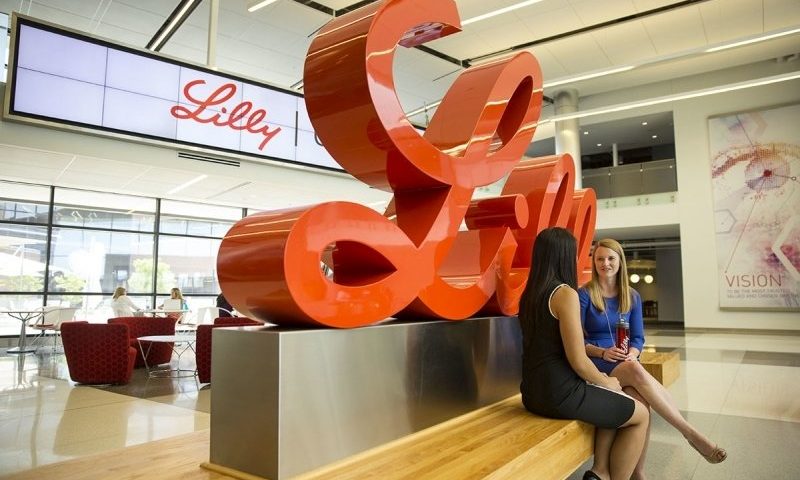Eli Lilly is gunning for Regeneron and Sanofi’s blockbuster Dupixent. Having paid $1.1 billion to enter the IL-13 space last year, Lilly has now revealed the success of its challenger in two pivotal trials—but it’s yet to share the numbers that will show whether lebrikizumab is a true contender for the throne.
Dupixent has become a money-printing machine for Regeneron and Sanofi, generating $2.8 billion over the first half of 2021 alone and growing in excess of 50% year on year. Lilly is one of a flotilla of drug developers that want to claim a piece of the action. We are now close to finding out just how much of a threat Lilly’s anti-IL-13 antibody lebrikizumab is to Dupixent.
Here’s what we know so far. Lebrikizumab beat placebo in two phase 3 atopic dermatitis trials. The studies found more than 50% of people with moderate to severe atopic dermatitis, the most common form of eczema, experienced at least 75% skin clearance after 16 weeks of treatment.
Across three clinical trials, Dupixent achieved 75% skin clearance in 44% to 69% of patients. The big unknowns are just how much higher than 50% the lebrikizumab response rate was and how many people on placebo achieved 75% skin clearance. In phase 2, the highest dose of lebrikizumab cleared 75% of the skin in 61% of subjects, but the 24% response rate in the placebo arm pointed to a similar level of efficacy to Dupixent.
The margins for Lilly are fine. Dupixent has shown there is serious money to be made in treating atopic dermatitis, revealing the potential for Lilly to rack up blockbuster sales. But the Regeneron and Sanofi drug is also an effective and well-established incumbent in the space. Lilly will need to live up to the standard set by Dupixent to avoid lebrikizumab becoming a minor player in the market.
Skin clearance is one of several key battlegrounds. The midphase data point to lebrikizumab having a potential edge over Dupixent in terms of safety and its effect on itch. Lilly’s exploration of monthly maintenance dosing offers another avenue for differentiation.
With the top-line readout confirming lebrikizumab is better than placebo against both the skin clearance endpoint and measures such as itch, the wait is now on for the release of the full figures that will show how it shapes up against Dupixent. Lilly, which is tracking secondary endpoints for 52 weeks, plans to share the full study results next year.
The full readout will go a long way toward showing whether Lilly’s decision to pay $1.1 billion to buy Dermira is likely to pay off. Roche sold lebrikizumab to Dermira for $80 million after seeing the drug flounder in asthma. If lebrikizumab is a success, Roche could pocket more than $1 billion in milestones.

